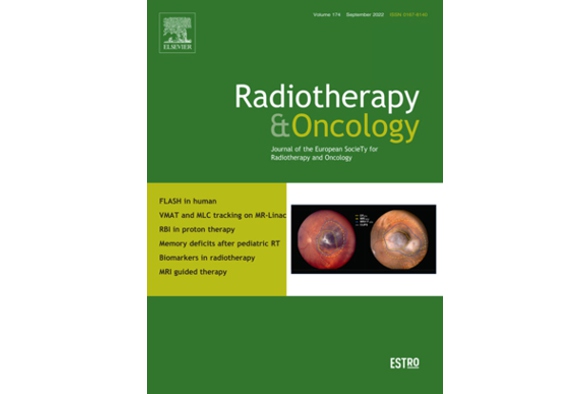An ion-independent phenomenological relative biological effectiveness (RBE) model for proton therapy

A relative biological effectiveness (RBE) of 1.1 is used for proton therapy though clinical evidence of varying RBE was raised. Clinical studies on RBE variability have been conducted for decades for carbon radiation, which could advance the understanding of the clinical proton RBE given an ion -independent RBE model.
In a recent article published in Radiotherapy and Oncology, former OMA Fellow Liheng Tian and collaborators, have tested a linear and simple, ion-independent RBE model using the beam quantity Q = Z2/E, where Z is the ion charge and E is kinetic energy per nucleon. The model was compared to the commonly used Wedenberg RBE model, proton-specific and based on the linear energy transfer (LET).
The Wedenberg and Q models, both predicting RBEmax and RBEmin (i.e., RBE at vanishing and very high dose, respectively), were compared in terms of ion-dependence and prediction power. An experimental in-vitro data ensemble covering 115 publications for various ions was used as dataset.
The model parameter of the Q model was observed to be similar for different ions (in contrast to LET). The Q model was trained without any prior knowledge of proton data. For proton RBE, the differences between experimental data and corresponding predictions of the Wedenberg or the Q model were highly comparable.
Therefore, adding (pre)clinical knowledge from carbon ion therapy may reduce the dominating biological uncertainty in proton RBE modelling. This would translate in reduced RBE related uncertainty in proton therapy treatment planning.
Full article:
Tian, Liheng; Hahn, Christian; Luehr, Armin, “An ion-independent phenomenological relative biological effectiveness (RBE) model for proton therapy”, RADIOTHERAPY AND ONCOLOGY 174, 69 – 76 (2022) https://doi.org/10.1016/j.radonc.2022.06.023